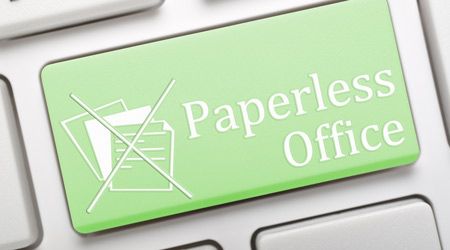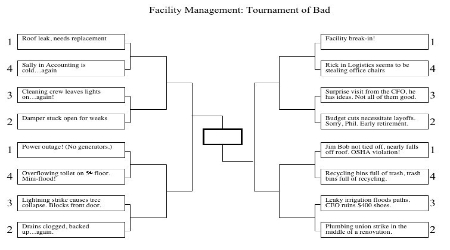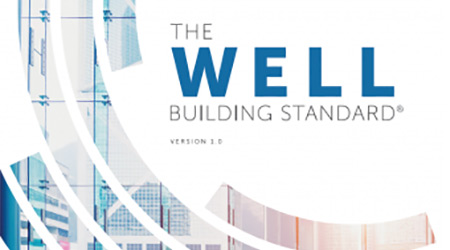
8 Steps To Go Paperless
March 22, 2016
Moving to a paperless organization is a great idea. But before you jump in headfirst, you should take a moment to plan how this is going to affect your business. It’s better to understand the industry’s best practices and learn from the mistakes of others than to try to reinvent the wheel.
1. Follow the Proper Implementation Steps
Once your organization has decided to let go of paper, it can be difficult to print another page. However, in order to ensure that your company is transitioning efficiently, you have to follow the proper implementation steps.
2. Set Goals and Track Metrics
Moving to a paperless organization is obviously your overarching goal. But how exactly do you measure when you have achieved this goal? It’s important to define a few key metrics and measure them before, during, and after your document management software (DMS) implementation.
For example, how long does it take your employees to process an invoice? It’s important to record how much time your employees save with the new system in order to encourage adaptation.
3. Prioritize
It won’t be possible to address every area of business operations simultaneously. In order to avoid creating a huge mess and confusing your employees, your organization must prioritize. Which of your business processes clearly need an overhaul? Where can your organization be more efficient?
Some companies use gatekeepers to filter information or requests, but these gatekeepers ultimately end up being bottlenecks, impeding the flow of documents. When you’re moving to electronic document management, it’s a good idea to start with the most tedious processes first to reap the greatest rewards right away.
4. Improve Existing Processes
As already mentioned above, you need to take a look at your existing processes before you decide to keep them. Some paper processes are tedious, but moving them to electronic document management doesn’t necessarily increase efficiency. In some cases, it just makes sense to redesign the way things get done. That could mean eliminating steps, reducing the requirements, or coming up with a better process altogether.
5. Set Appropriate Retention Schedules
For the corporate real estate industry, appropriate document retention and deletion is extremely important. Fortunately, now you’re no longer required to purge your files from your paper filing cabinet. With a document management system, you can set different retention schedules for each type of document.
6. Plan to Scan Your Documents
There are different ways to move to a paperless organization, but document scanning is usually part of the process. In order to reduce the time spent on scanning and go paperless quicker, you may decide to scan only current documents prior to your go-live date. You can then decide to scan the rest of your files in due time.
When scanning documents, it’s important to provide enough space to organize the files. You will also need to be careful to remove staples and paperclips prior to scanning your documents. Last but not least, you need to decide how you want to organize your new documents. Fortunately, optical character recognition (OCR) technology allows you to make all of your documents searchable inside of your document management system without requiring additional manual input from your employees.
7. Train Your Employees to Use Your New DMS
When you choose document management software, you can rest assured that it’s very easy to use. However, you’ll still want to prepare your employees ahead of time by training them how to use the new DMS. This is especially important if you’re taking advantage of using workflows because it will change the way things get done inside of your company.
8. Take Advantage of Your DMS
Once your transition is complete, it’s a good idea to ensure that your organization’s employees take advantage of all the things that the system has to offer. For example, you should let your employees know that they can view important paperwork from anywhere.
This Quick Read was contributed by Matt Peterson, CEO of eFileCabinet, Inc. eFileCabinet is an electronic document management solution. www.efilecabinet.com
Next
Read next on FacilitiesNet












